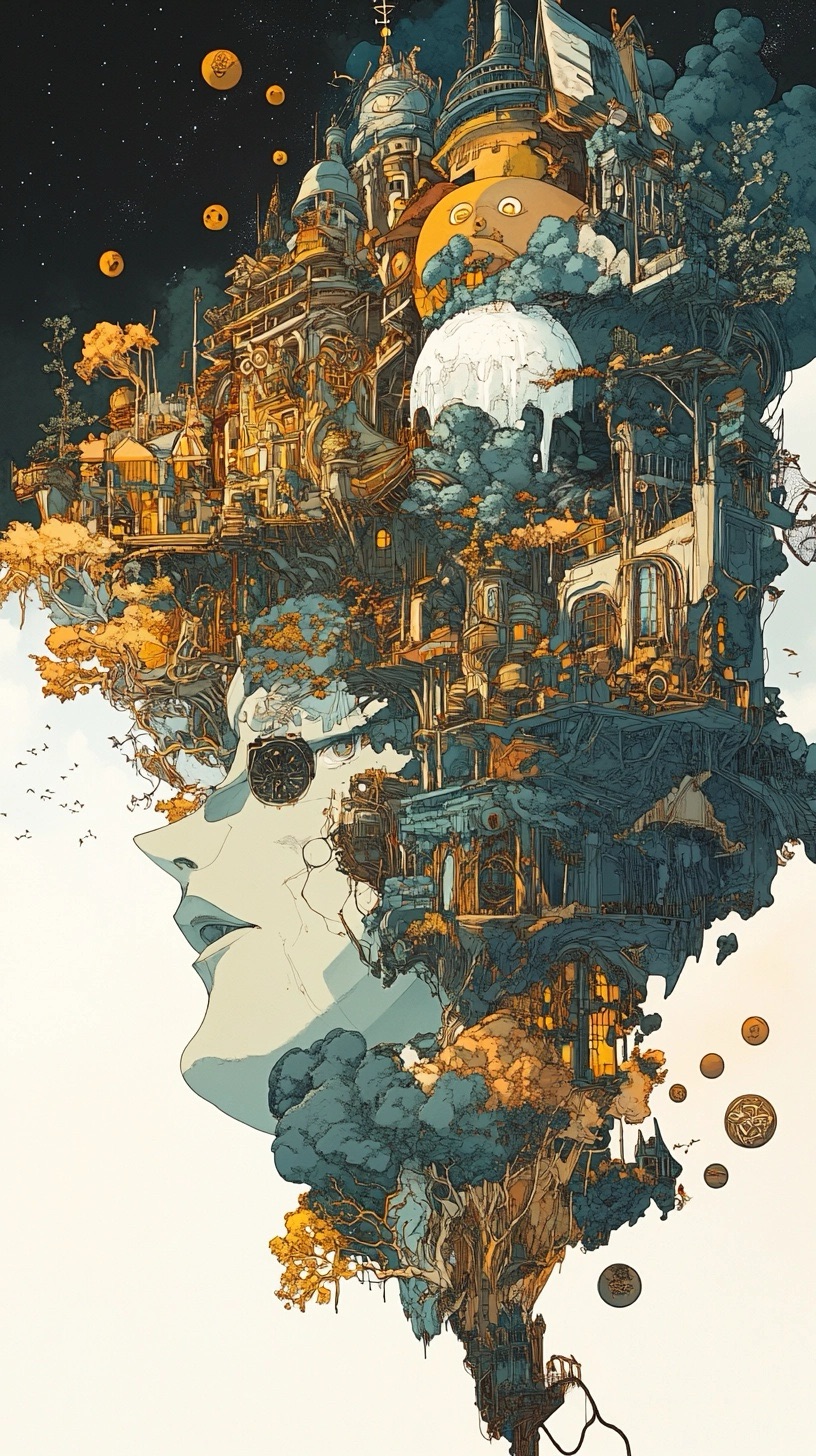
Introduction
Storytelling is an art form that transcends the mere act of recounting events. It is an exploration of the human experience, an intricate weaving of themes, characters, and emotions that resonate deeply with an audience. At the heart of this art form lies the use of motifs—recurrent elements that echo throughout a narrative, creating a sense of cohesion and depth. While simple motifs can be effective, the true mastery of storytelling often involves the use of complex motifs. These are the threads that, when woven together, create a tapestry of meanings that challenge the reader, evoke emotion, and linger in the mind long after the story has ended.
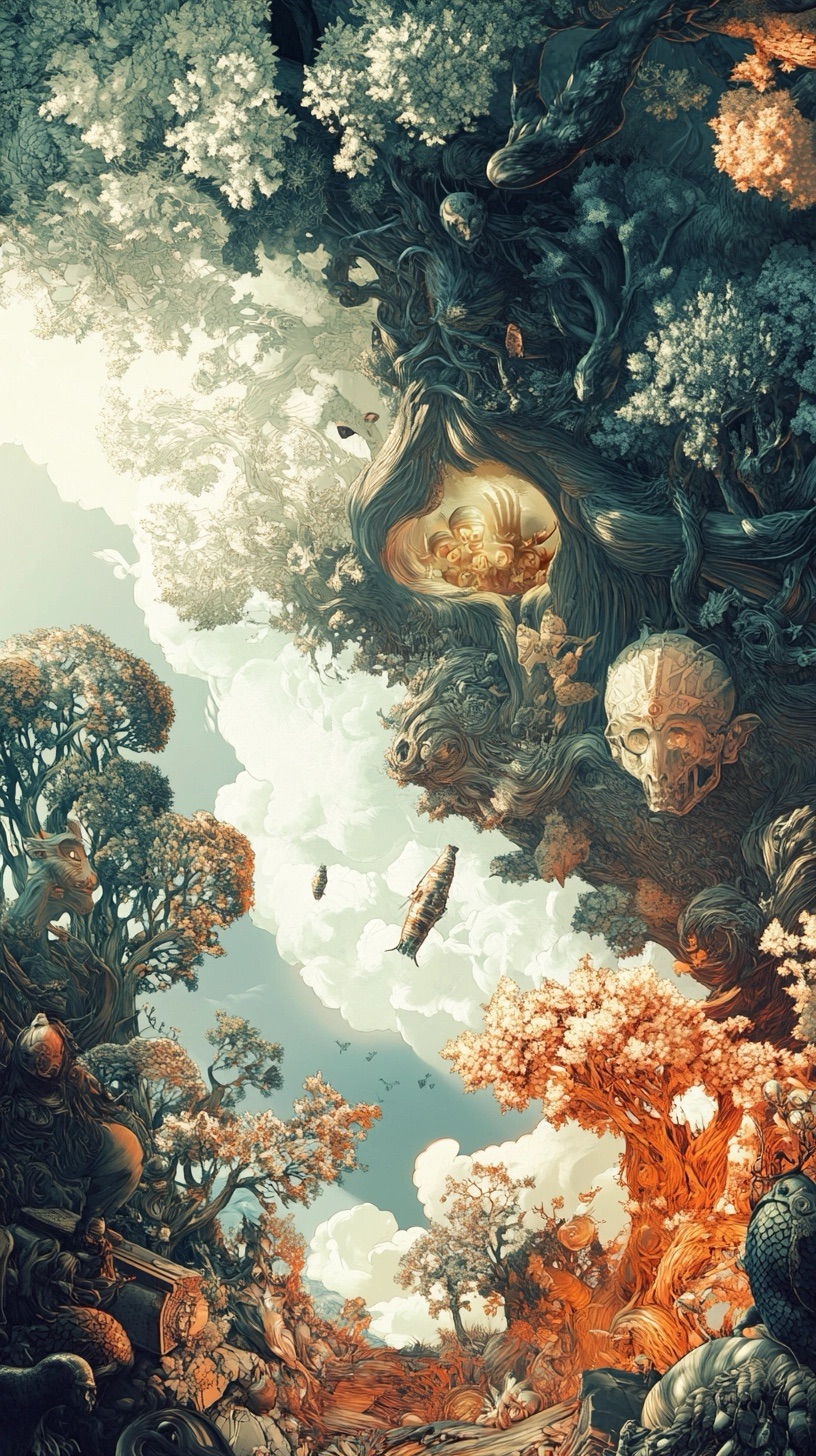
But what makes a motif complex? And how can a writer effectively employ such motifs without overwhelming the narrative? This essay delves into the nuances of complex motifs in storytelling, exploring how they can elevate a narrative, the strategies for crafting them, and the delicate balance required to avoid overcomplication. Through this exploration, we aim to uncover the profound impact that complex motifs can have on storytelling, offering insights into their potential to transform simple tales into rich, multi-layered experiences.
The Nature of Complex Motifs
What Are Motifs in Storytelling?
To understand complex motifs, we must first grasp what a motif is. In storytelling, a motif is a recurring element—a symbol, theme, or idea that appears throughout a narrative, reinforcing the central themes and contributing to the overall meaning. Motifs are not always explicit; they can be subtle, emerging through repetition or association, guiding the reader’s interpretation of the story without overtly dictating it.
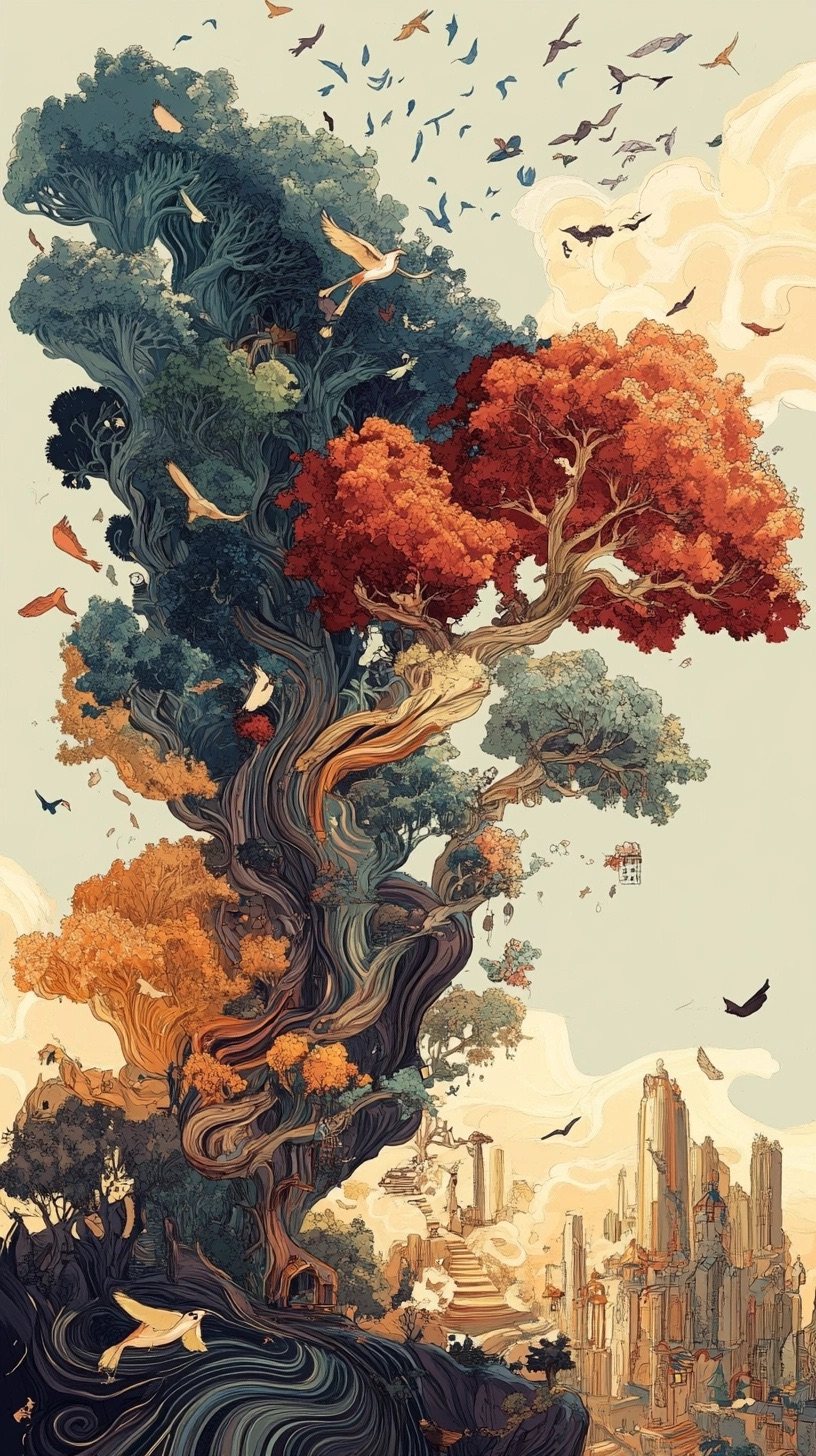
The Difference Between Simple and Complex Motifs
Simple motifs are straightforward; they represent clear ideas or emotions and are often used to reinforce a single theme. For example, the motif of the heart in literature frequently symbolizes love, while darkness might symbolize evil or ignorance. These motifs are powerful in their simplicity, offering readers a direct connection to the story’s underlying themes.
In contrast, complex motifs are multi-dimensional. They operate on several levels, often interacting with other motifs, themes, and symbols within the narrative. A complex motif might evolve over time, changing its meaning as the story progresses, or it might carry different connotations depending on its context. This multi-layered nature makes complex motifs a tool for writers to explore the intricacies of their themes in a more profound and nuanced way.

The Role of Complex Motifs in Enhancing Storytelling
Creating Depth and Richness in Narrative
Complex motifs contribute significantly to the depth and richness of a narrative. By embedding motifs that operate on multiple levels, a writer can create a story that resonates with readers on different intellectual and emotional planes. These motifs invite readers to engage with the narrative actively, encouraging them to uncover hidden meanings and make connections that might not be immediately apparent.
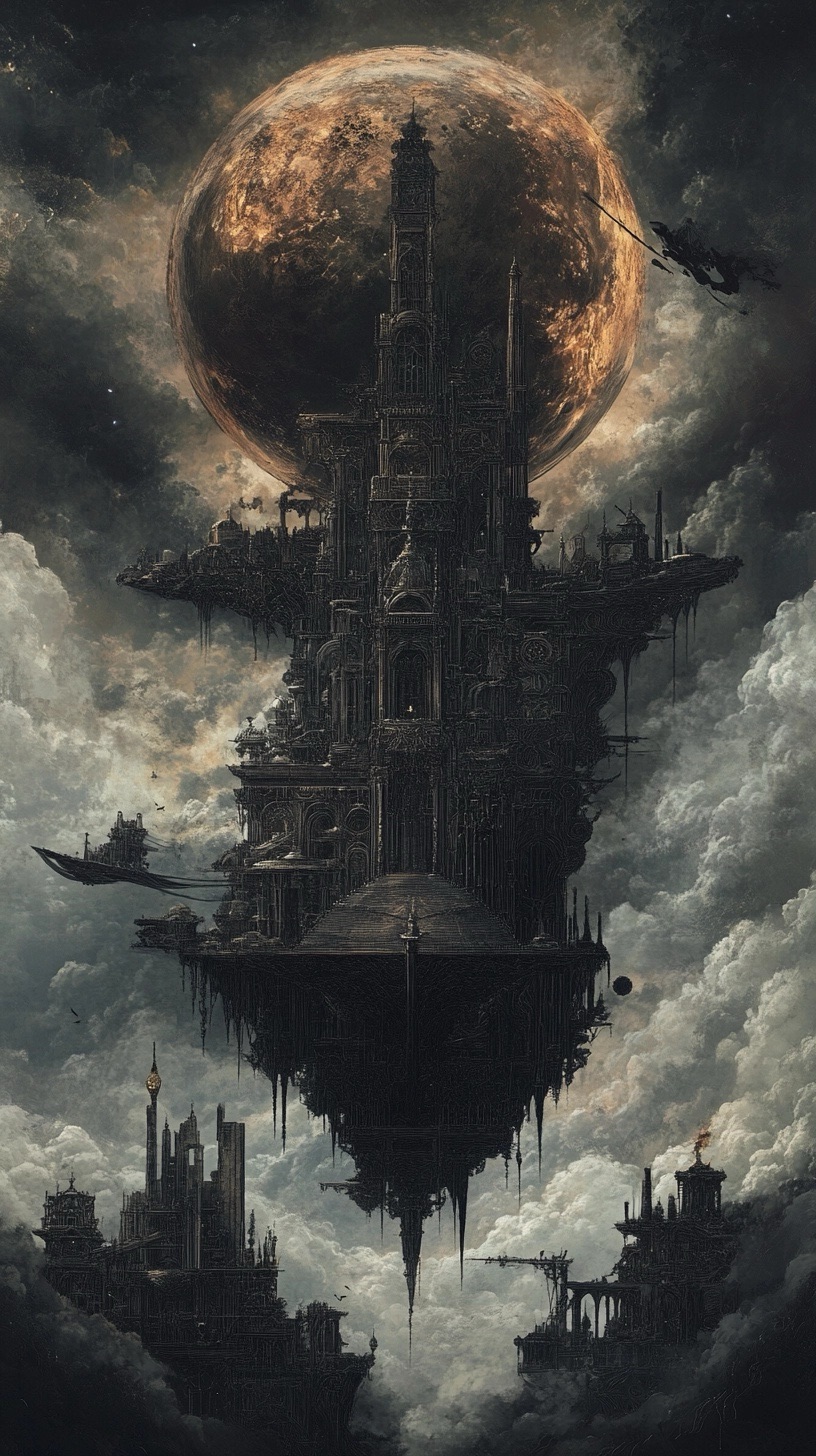
For instance, in Herman Melville’s Moby-Dick, the motif of the whale operates on multiple levels. On the surface, it is the object of Captain Ahab’s obsession, but it also represents the unknowable, the sublime, and the limits of human understanding. The whale is a symbol of nature’s vastness and power, an inscrutable force that defies Ahab’s attempts to dominate it. As the narrative unfolds, the whale’s significance deepens, reflecting the novel’s exploration of fate, madness, and the human condition. This complexity adds layers of meaning to the story, making it more than just a tale of revenge but a meditation on existence itself.
Reflecting the Complexity of Human Experience
Complex motifs are particularly effective in reflecting the complexity of human experience. Life is rarely simple; it is a web of interwoven emotions, desires, conflicts, and contradictions. Stories that employ complex motifs are better equipped to capture this reality, offering a portrayal of life that feels authentic and resonant.
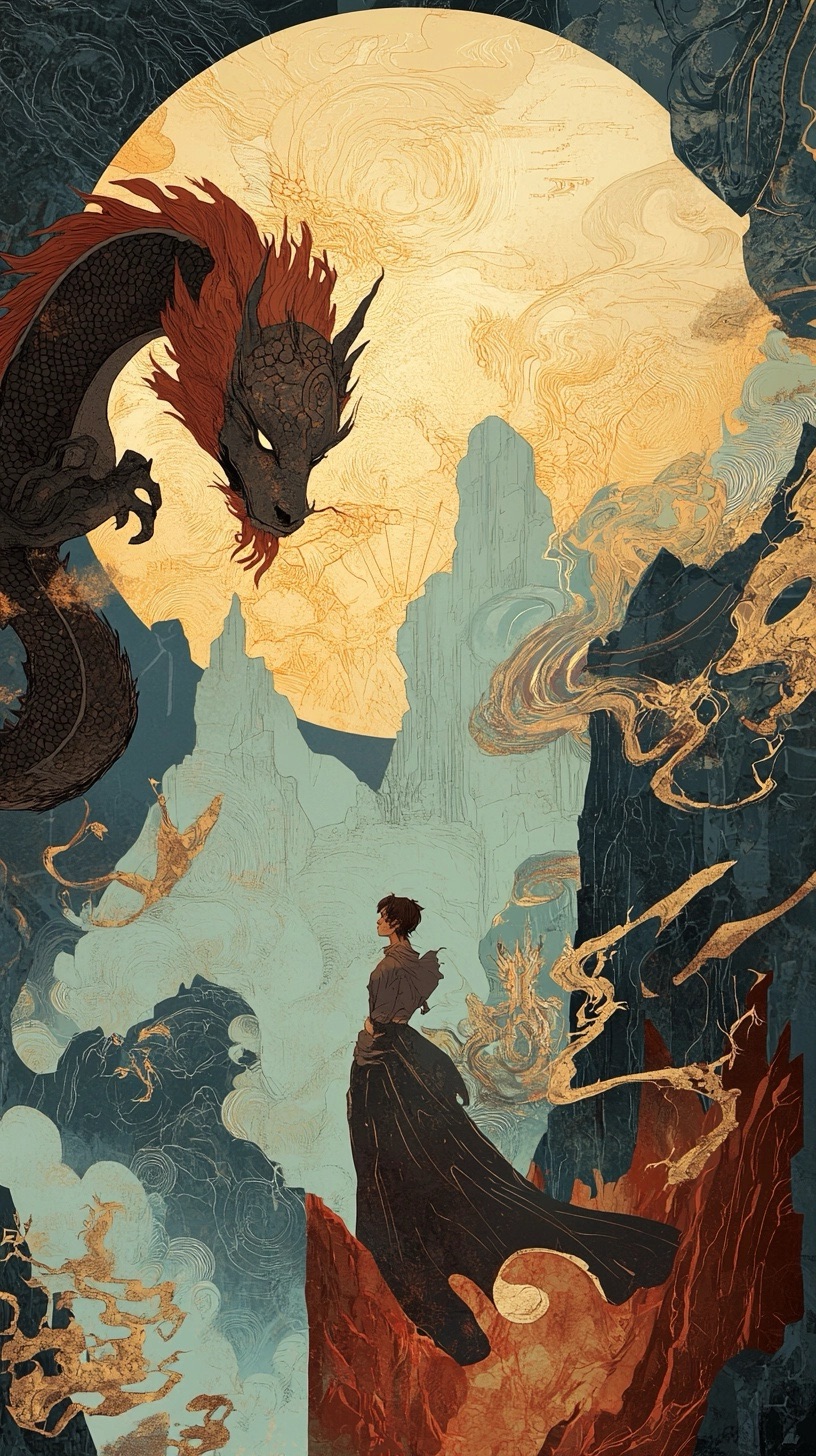
Consider the use of mirrors in Oscar Wilde’s The Picture of Dorian Gray. The motif of the mirror reflects (both literally and metaphorically) the theme of self-perception and the duality of human nature. As Dorian’s portrait becomes increasingly grotesque, the motif of the mirror reminds us of the difference between appearance and reality, the facade that Dorian presents to the world versus the corruption of his soul. The mirror motif is complex because it operates on multiple levels: it is a literal object, a symbol of vanity, and a representation of the split between the outer self and inner truth. This complexity allows Wilde to explore deep themes of identity, morality, and the consequences of living a double life.
Engaging the Reader’s Imagination
One of the most powerful aspects of complex motifs is their ability to engage the reader’s imagination. Because these motifs are multi-faceted and open to interpretation, they invite readers to become active participants in the storytelling process. Readers are encouraged to explore the narrative, to question and analyze, to draw their own connections and conclusions. This active engagement not only makes the story more memorable but also allows it to resonate differently with each reader, creating a personal and unique experience.
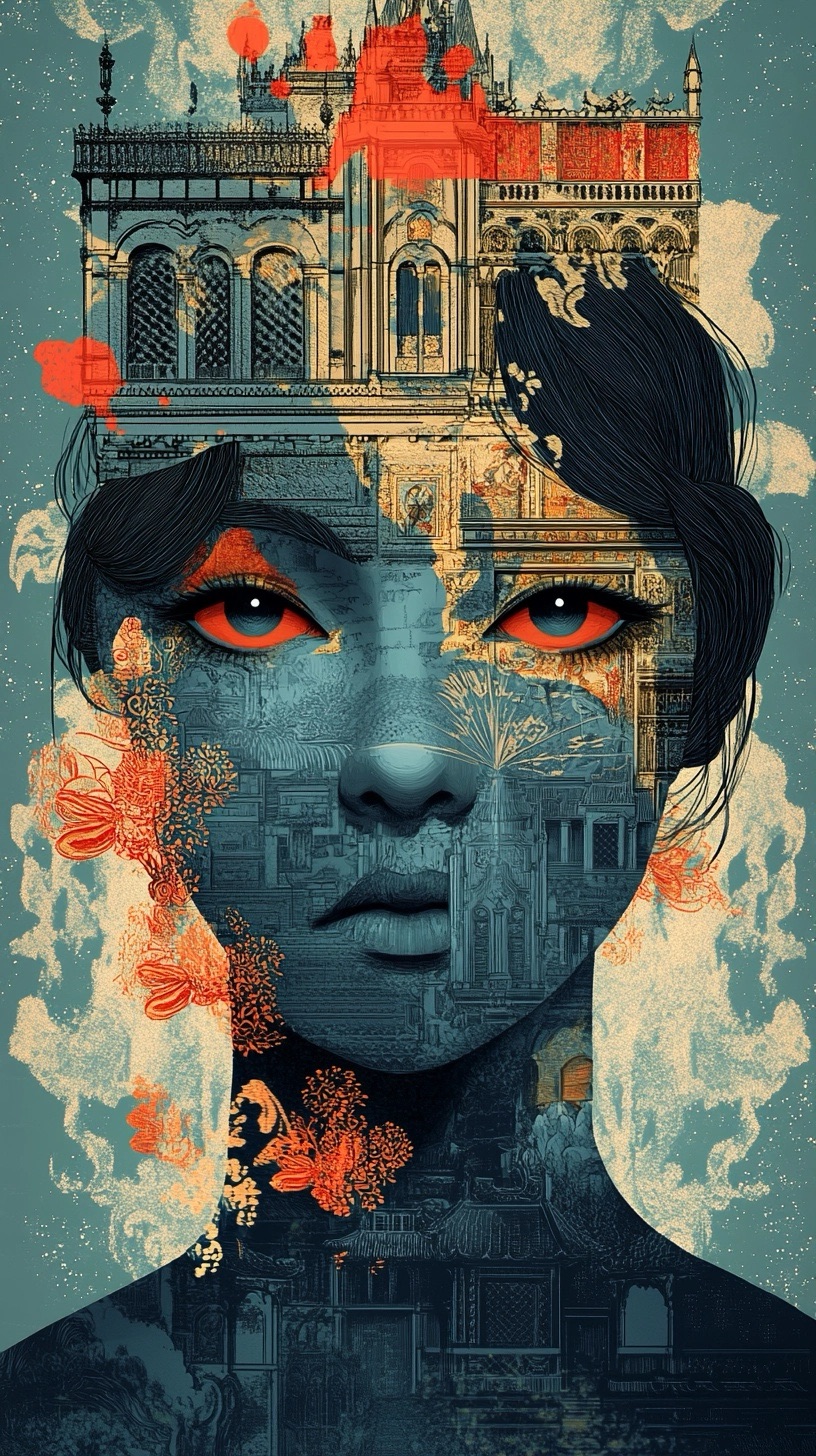
For example, in James Joyce’s Ulysses, the recurring motif of water is laden with meaning. Water is associated with birth, cleansing, and the unconscious mind, but it also carries connotations of danger, the unknown, and the flow of time. As the characters navigate their lives, the motif of water shifts in significance, reflecting their internal struggles and the passage of their day. For some readers, water might symbolize the fluidity of identity; for others, it could represent the inevitability of change. This complexity invites readers to interpret the motif in their own way, engaging deeply with Joyce’s intricate narrative.
Strategies for Crafting Complex Motifs
Intertwining Multiple Motifs
One effective strategy for creating complex motifs is to intertwine multiple motifs within the same narrative. When motifs interact with each other, they create a network of meaning that enhances the story’s depth and complexity. These interactions can reveal new dimensions of the motifs themselves, as well as the themes they represent.

Take, for instance, F. Scott Fitzgerald’s The Great Gatsby. The motifs of the green light, the valley of ashes, and the eyes of Doctor T.J. Eckleburg all interact in ways that deepen the narrative’s exploration of the American Dream, moral decay, and the elusive nature of happiness. The green light symbolizes Gatsby’s dreams and the unreachable future, while the valley of ashes represents the moral and social decay hidden beneath the surface of the American success story. The eyes of Doctor T.J. Eckleburg add another layer, suggesting a distant, impersonal god watching over the corruption of society. These intertwined motifs create a complex web of symbolism that challenges the reader to question the ideals and realities of the American Dream.
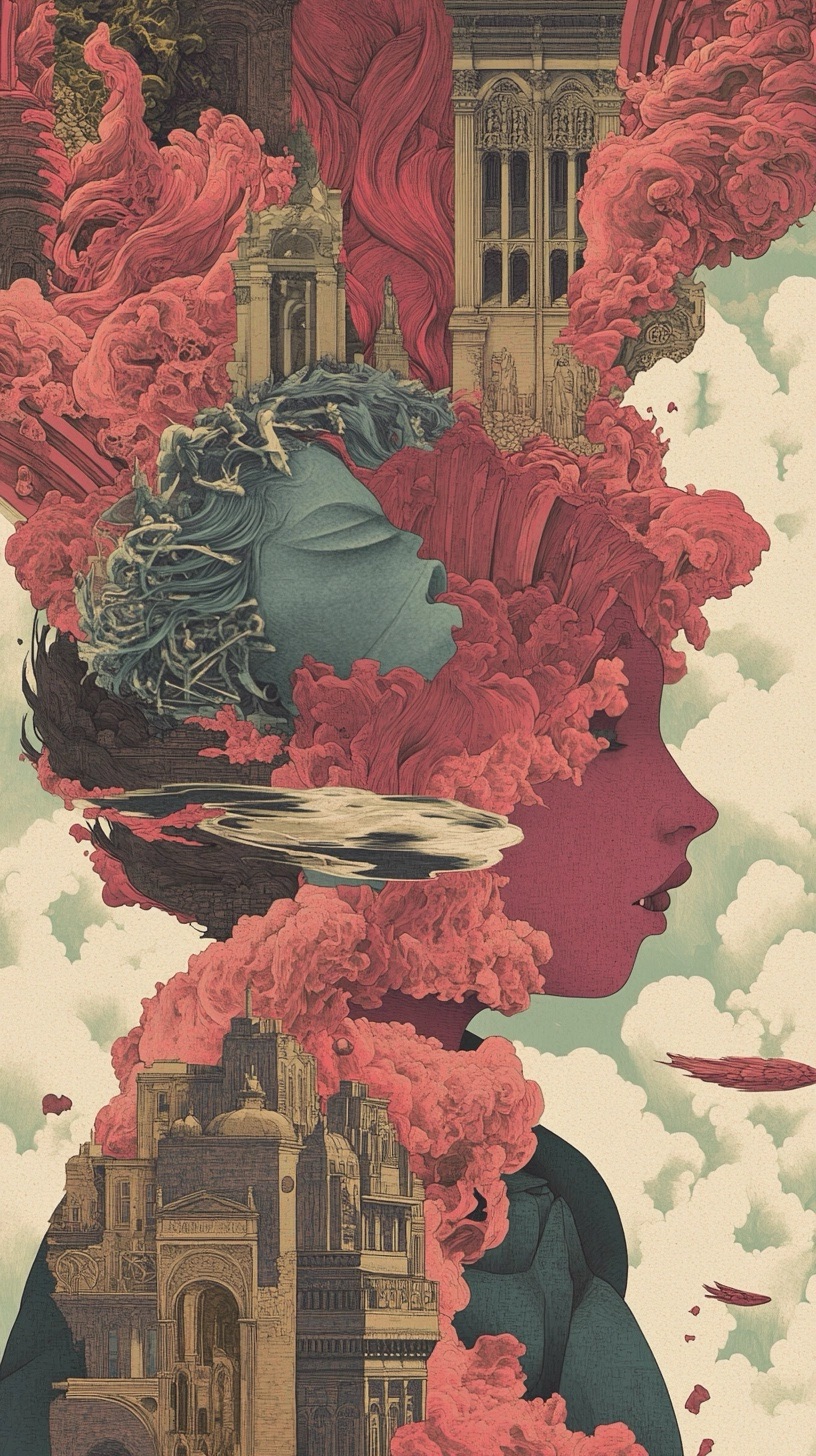
Evolving Motifs Over Time
Another powerful technique is to allow motifs to evolve over the course of the narrative. As characters develop, plots twist, and themes deepen, the meaning of a motif can change, reflecting the story’s progression. This evolution adds dynamism to the narrative, as the motif grows and transforms alongside the story.
In Virginia Woolf’s To the Lighthouse, the lighthouse itself serves as an evolving motif. At different points in the novel, the lighthouse symbolizes various things: it is a beacon of hope, a distant and unattainable goal, a symbol of stability, and ultimately, a reminder of the passage of time and the inevitability of change. The lighthouse’s meaning shifts with the perspectives of the characters and the progression of the narrative, making it a complex and multifaceted symbol that encapsulates the novel’s exploration of time, memory, and the human condition.

Utilizing Symbolism and Subtext
Complex motifs often thrive on rich symbolism and subtext. A single image or concept can carry a multitude of meanings, depending on its context within the story. By embedding motifs with symbolic significance, writers can create narratives that resonate on multiple levels, offering readers a wealth of interpretations to explore.
Consider the recurring motif of the rose in William Faulkner’s A Rose for Emily. On the surface, the rose might symbolize love or a gesture of remembrance. However, within the context of the story, the rose becomes a symbol of the passage of time, the decay of the old South, and the hidden secrets of Emily’s life. The motif is not overtly explained, leaving much of its significance in the realm of subtext. This ambiguity allows the rose to take on different meanings for different readers, making it a complex and enduring motif that adds depth to Faulkner’s narrative.
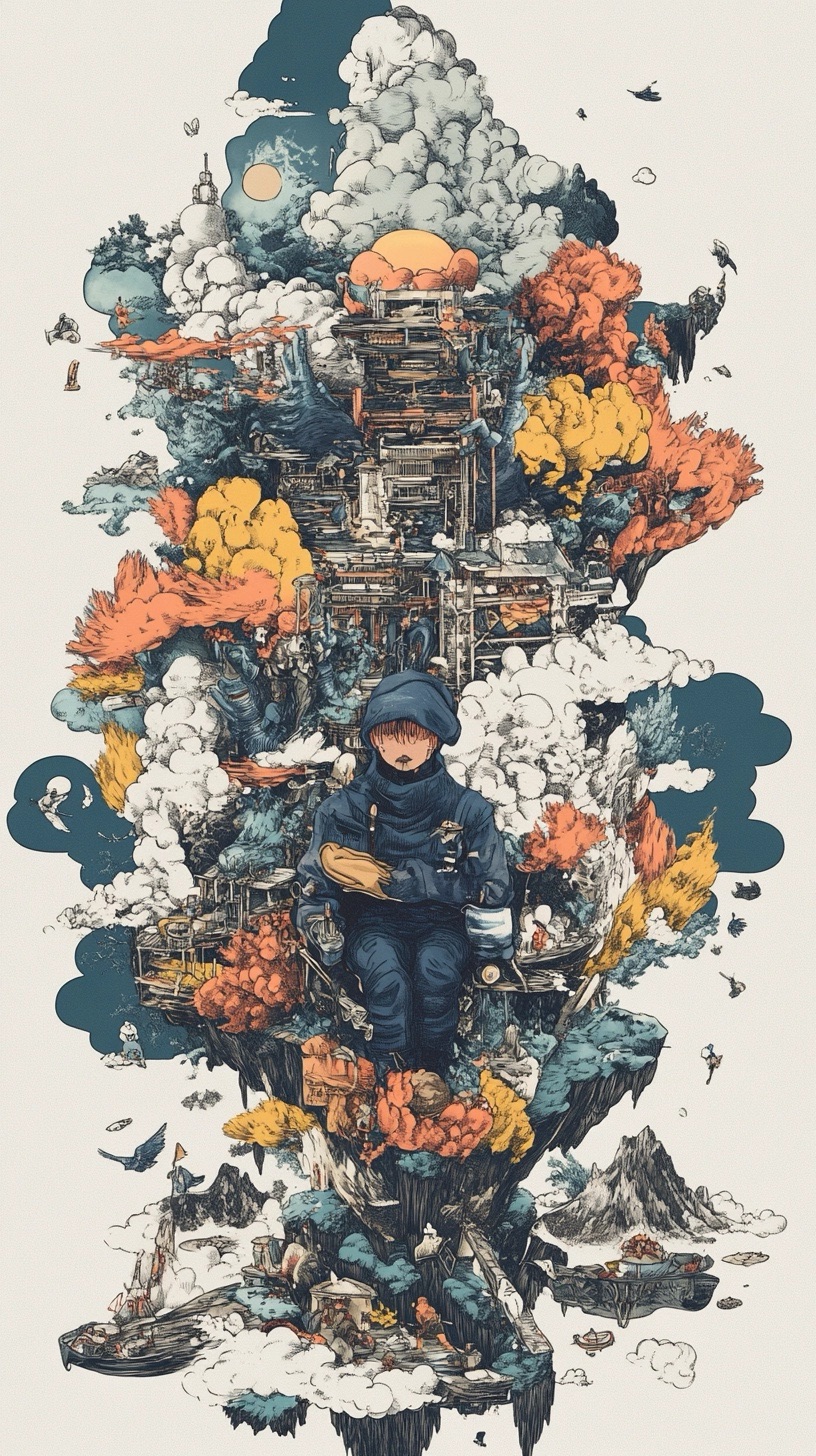
The Challenges of Using Complex Motifs
Avoiding Overcomplication
While complex motifs can add tremendous depth to a narrative, there is a risk of overcomplicating the story. If motifs become too obscure or convoluted, they can confuse readers or detract from the story’s coherence. The challenge for writers is to strike a balance between complexity and clarity, ensuring that the motifs enhance rather than overwhelm the narrative.
To avoid overcomplication, it is essential to anchor complex motifs in the story’s central themes and characters. Even as a motif evolves or interacts with other elements, it should remain connected to the core of the narrative, guiding the reader rather than leading them astray. This balance allows the story to maintain its depth and richness without becoming impenetrable.
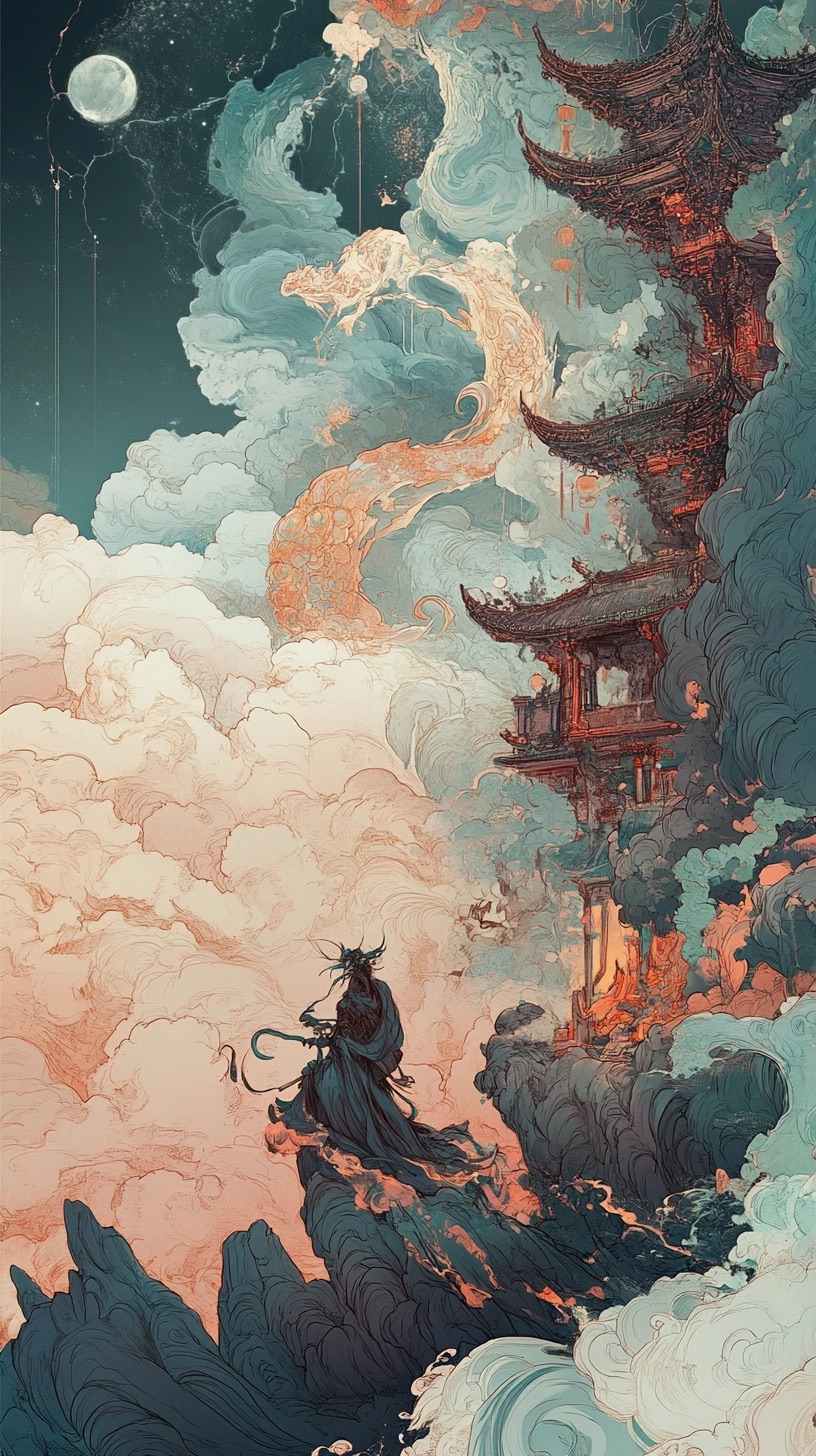
Ensuring Motifs Serve the Story
Complex motifs should always serve the story, not the other way around. It can be tempting for writers to craft intricate motifs for their own sake, but the true power of a motif lies in its ability to enhance the narrative. A motif, no matter how complex, must resonate with the story’s themes, characters, and emotional tone. It should feel organic to the narrative, arising naturally from the story’s fabric rather than being imposed upon it.
Successful complex motifs are those that, despite their intricacy, feel inevitable within the context of the story. They do not draw attention to themselves as clever devices but instead integrate seamlessly into the narrative, enriching the reader’s experience without disrupting the story’s flow.
Conclusion
The use of complex motifs in storytelling is a powerful tool that, when wielded with skill and sensitivity, can elevate a narrative to new heights. These motifs, with their layered meanings and evolving significance, mirror the complexities of human experience, offering readers a rich and immersive journey through the story’s themes and emotions. By intertwining multiple motifs, allowing them to evolve, and embedding them with symbolism and subtext, writers can craft stories that resonate deeply with readers, engaging their imagination and leaving a lasting impact.
However, the art of using complex motifs requires a delicate balance. Writers must avoid the pitfalls of overcomplication, ensuring that their motifs serve the story and not the other way around. When executed with care, complex motifs can transform a simple narrative into a multi-layered exploration of the human condition, creating stories that are not only memorable but also profoundly meaningful.
In the end, complex motifs are more than just literary devices—they are the threads that weave together the fabric of a story, creating a tapestry of meaning that invites readers to delve deep, to reflect, and to discover.
Leave a Reply